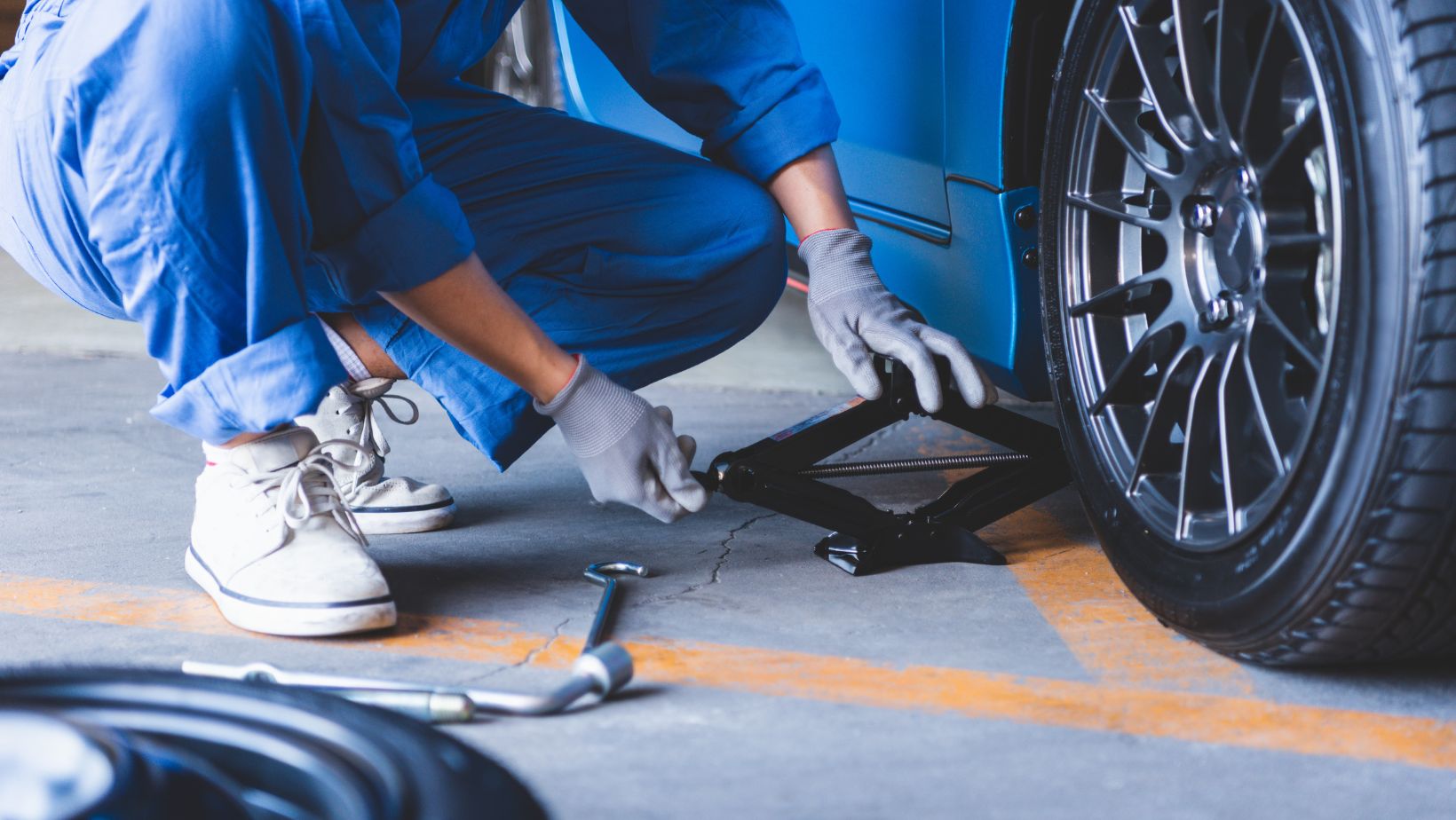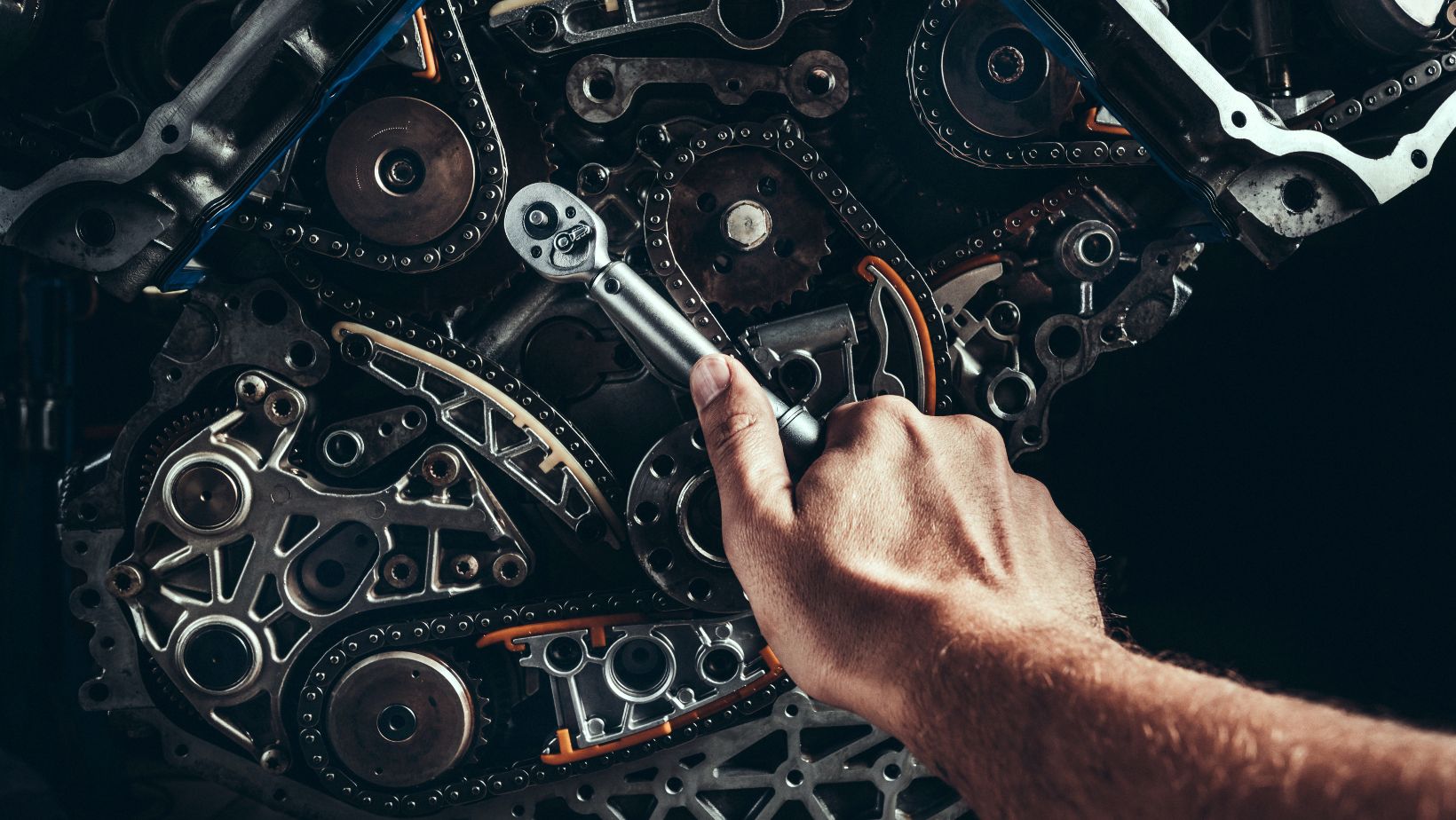
Car Repair Appointment
When it comes to car repair appointments, it’s natural to feel a mix of anticipation and uncertainty. Whether you’re a seasoned car owner or a first-time visitor to the mechanic, knowing what to expect can help ease any anxiety. In this article, I’ll walk you through what typically happens during a car repair appointment and provide some tips to ensure a smooth experience.
First and foremost, preparation is key. Before your appointment, gather all relevant information about your vehicle’s issues and any symptoms you’ve noticed. This will help the mechanic diagnose the problem more efficiently. When you arrive at the repair shop, be prepared to explain these details clearly and concisely.
During the appointment, the mechanic will likely start with an inspection of your vehicle. They may use diagnostic tools or perform visual inspections to identify any underlying issues. Once they’ve determined the cause of the problem, they’ll discuss their findings with you and provide an estimate for repairs.
It’s important to keep in mind that unexpected additional repairs may arise during the process. If this happens, don’t hesitate to ask questions about why these repairs are necessary and how they will impact both your vehicle’s performance and your wallet.
Overall, understanding what to expect at a car repair appointment can help alleviate some of the stress associated with automotive maintenance. By being prepared, communicating effectively with your mechanic, and staying informed throughout the process, you can ensure a positive outcome for both you and your beloved vehicle.

Arriving at the Repair Shop
When it comes to car repair appointments, knowing what to expect can help alleviate any anxiety or uncertainty. Arriving at the repair shop is an important step in the process, so here’s a breakdown of what you can anticipate:
- Prompt Greeting and Check-In: As you pull into the repair shop, you’ll likely be greeted by a friendly staff member who will guide you through the check-in process. They’ll ask for your name, contact information, and details about your vehicle and its issues. Providing accurate information will ensure that the technicians have all they need to diagnose and fix any problems.
- Vehicle Assessment: After checking in, a technician will usually inspect your car to assess its condition thoroughly. They may conduct a visual inspection or use diagnostic tools to identify any underlying issues that need attention. This assessment helps create a comprehensive understanding of your vehicle’s needs.
- Clear Communication: Once the assessment is complete, a service advisor or technician will communicate their findings with you. They’ll explain what repairs are necessary and provide an estimate of costs involved for parts and labor. If there are multiple options available for repairs or alternatives to consider, they should discuss those with you as well.
- Timeframe and Appointment Scheduling: Depending on the complexity of the repairs needed, the service advisor will give you an estimated timeframe for completion. If additional parts need to be ordered or if there is high demand for services at that time, this may impact how long it will take for your vehicle to be ready. The advisor will work with you to schedule an appointment that fits both their availability and yours.
- Payment Options: Before leaving your vehicle at the repair shop or scheduling an appointment, it’s essential to discuss payment options with the service advisor. They’ll inform you about accepted forms of payment (such as cash, credit cards, or specific financing options) and whether any upfront deposit is required. Being aware of the payment process beforehand can help you plan accordingly.







































